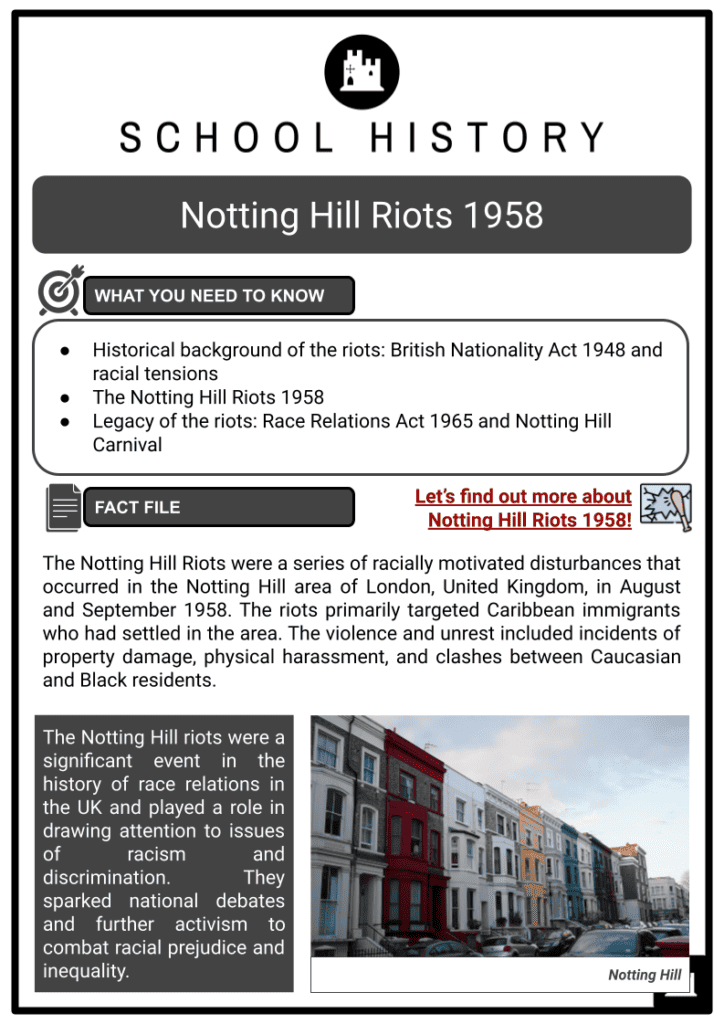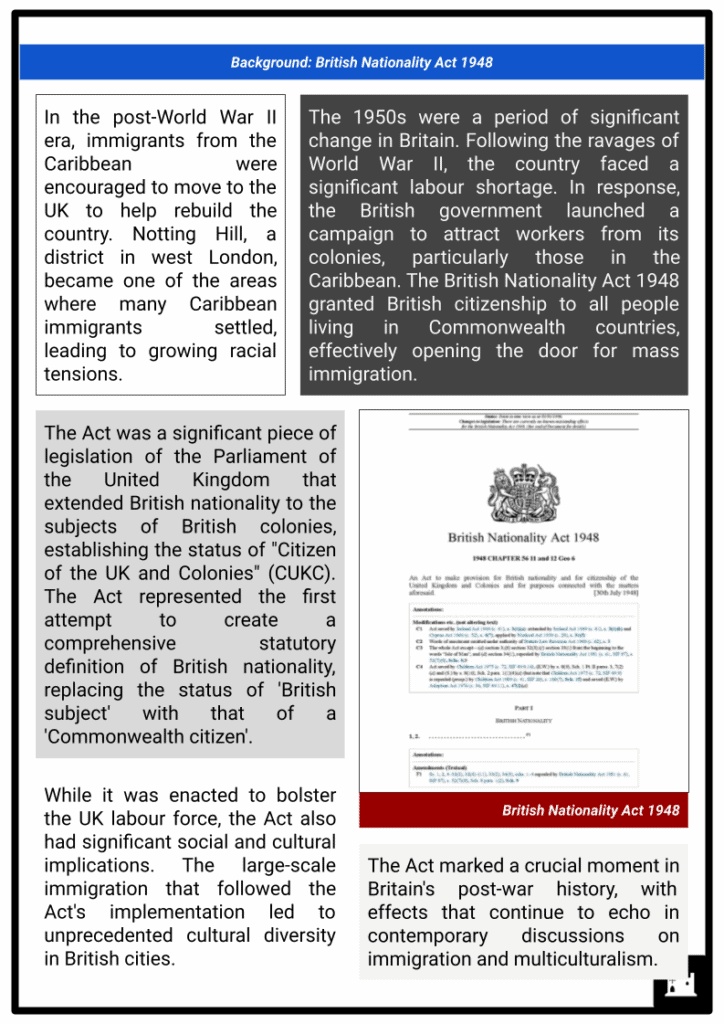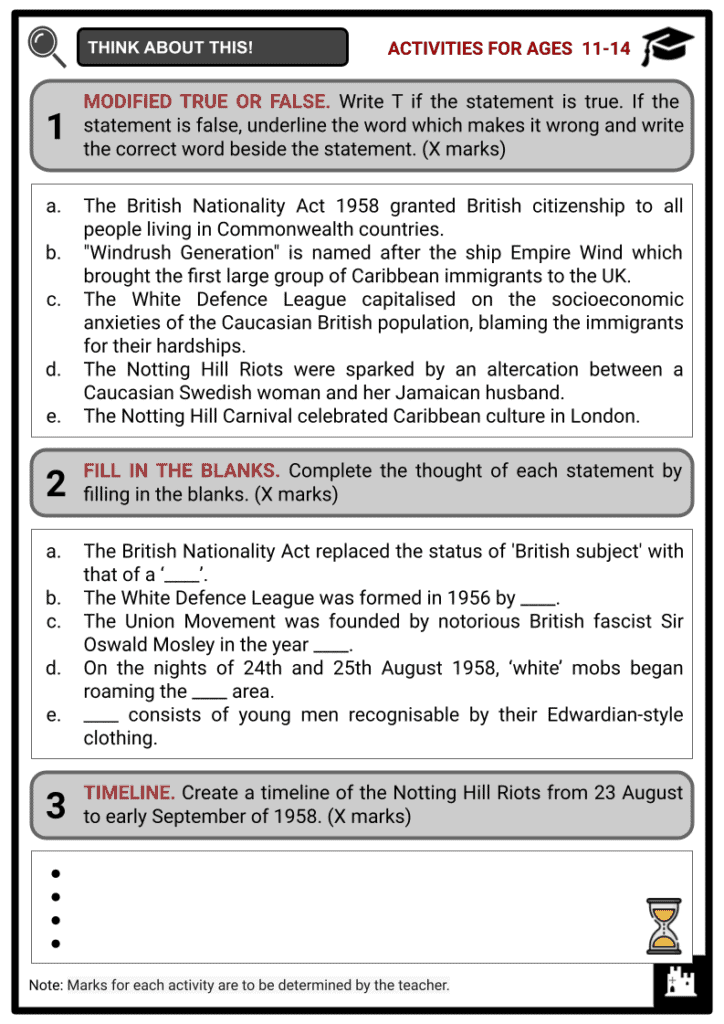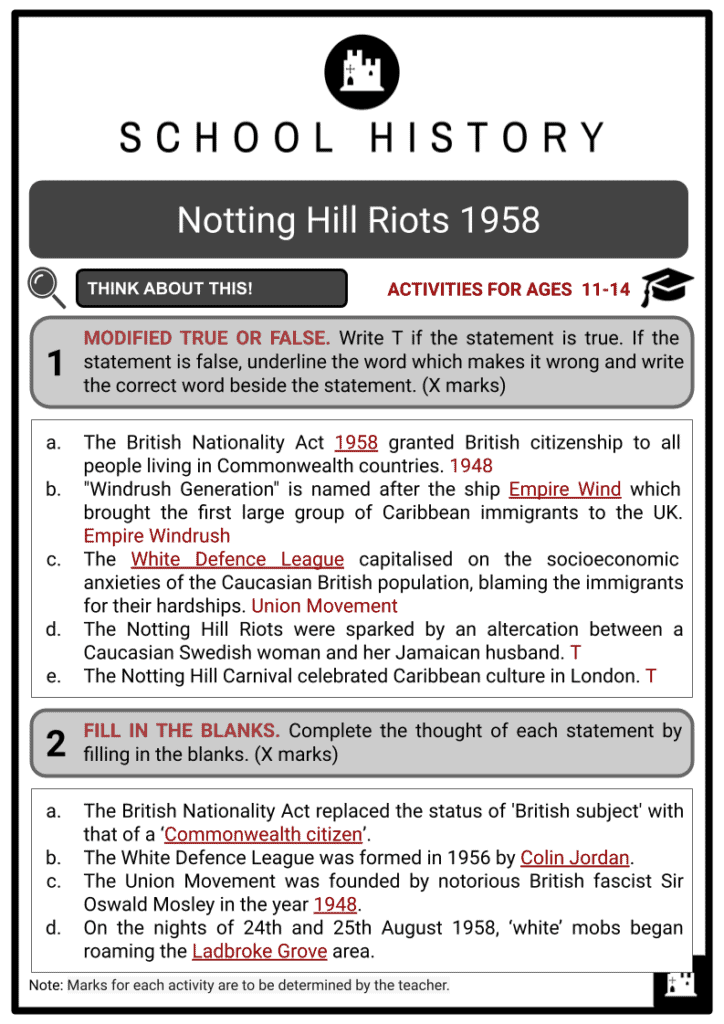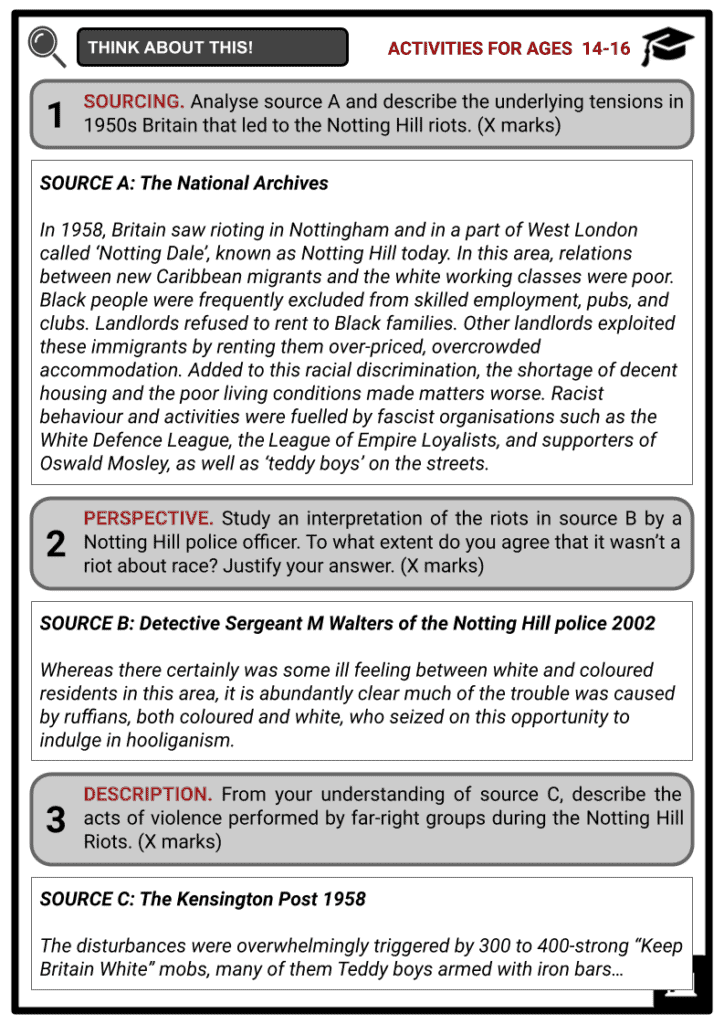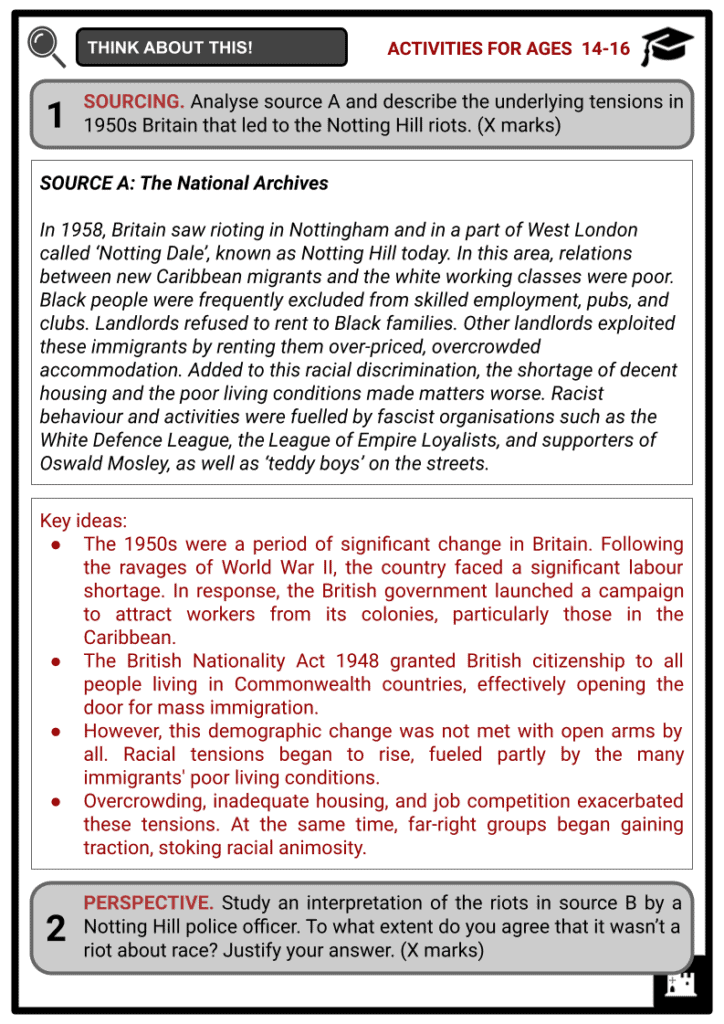Notting Hill Riots 1958 Worksheets
Do you want to save dozens of hours in time? Get your evenings and weekends back? Be able to teach about the Notting Hill Riots 1958 to your students?
Our worksheet bundle includes a fact file and printable worksheets and student activities. Perfect for both the classroom and homeschooling!
Summary
- Historical background of the riots: British Nationality Act 1948 and racial tensions
- The Notting Hill Riots 1958
- Legacy of the riots: Race Relations Act 1965 and Notting Hill Carnival
Key Facts And Information
Let’s find out more about the Notting Hill Riots 1958!
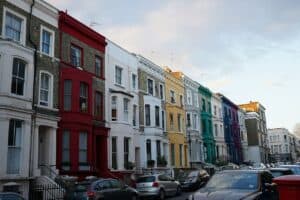
The Notting Hill Riots were a series of racially motivated disturbances that occurred in the Notting Hill area of London, United Kingdom, in August and September 1958. The riots primarily targeted Caribbean immigrants who had settled in the area. The violence and unrest included incidents of property damage, physical harassment, and clashes between Caucasian and Black residents. The Notting Hill riots were a significant event in the history of race relations in the UK and played a role in drawing attention to issues of racism and discrimination. They sparked national debates and further activism to combat racial prejudice and inequality.
Background: British Nationality Act 1948
- In the post-World War II era, immigrants from the Caribbean were encouraged to move to the UK to help rebuild the country. Notting Hill, a district in west London, became one of the areas where many Caribbean immigrants settled, leading to growing racial tensions.
- The 1950s were a period of significant change in Britain. Following the ravages of World War II, the country faced a significant labour shortage. In response, the British government launched a campaign to attract workers from its colonies, particularly those in the Caribbean. The British Nationality Act 1948 granted British citizenship to all people living in Commonwealth countries, effectively opening the door for mass immigration.
- The Act was a significant piece of legislation of the Parliament of the United Kingdom that extended British nationality to the subjects of British colonies, establishing the status of "Citizen of the UK and Colonies" (CUKC). The Act represented the first attempt to create a comprehensive statutory definition of British nationality, replacing the status of 'British subject' with that of a 'Commonwealth citizen'.
- While it was enacted to bolster the UK labour force, the Act also had significant social and cultural implications. The large-scale immigration that followed the Act's implementation led to unprecedented cultural diversity in British cities.
- The Act marked a crucial moment in Britain's post-war history, with effects that continue to echo in contemporary discussions on immigration and multiculturalism.
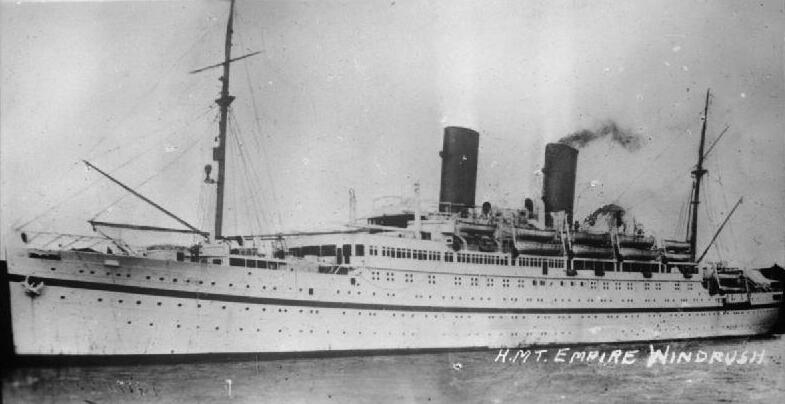
Ship Empire Windrush - This wave of immigration, known as the "Windrush Generation" (named after the ship Empire Windrush, which brought the first large group of Caribbean immigrants to the UK in 1948), led to a drastic demographic shift in many areas, including Notting Hill. Once predominantly ‘white’ British, the area saw an influx of Caribbean immigrants who brought their distinct cultures, traditions, and customs.
- However, this demographic change was not met with open arms by all. Racial tensions began to rise, fueled partly by the many immigrants' poor living conditions. Overcrowding, inadequate housing, and job competition exacerbated these tensions.
- At the same time, far-right groups, such as the White Defence League, began gaining traction, stoking racial animosity. In this context of heightened racial tension and socioeconomic strife, the Notting Hill riots 1958 erupted.
Background: Racial Tensions
- Racial tensions in Notting Hill during this period were palpable and served as a harsh reminder of the deep-seated prejudices that existed within society. The newcomers from the Caribbean, although welcomed under the British Nationality Act, were met with hostility, discrimination, and systemic racism.
- The stark contrast of their vibrant cultures with the traditional British lifestyle was unsettling for many locals, leading to a rise in xenophobia and racial discrimination. The unfamiliar customs, accents, and skin colours of the Caribbean immigrants became targets for prejudice and scapegoating.
- The discrimination was not only social but also systemic. Caribbean immigrants were subjected to discriminatory housing policies and employment practices, often confined to low-paying jobs and substandard living conditions.
- This widespread xenophobia was not just an expression of individual prejudices but a manifestation of a deeper societal fear of the 'other'. The 'othering' of Caribbean immigrants created an environment where hatred and intolerance could thrive. These feelings were made worse by the strong language used by far-right groups, who exploited the fear and uncertainty, making the divisions even deeper.
- One prominent example of these far-right groups was the White Defence League (WDL). Formed in 1956 by Colin Jordan, the WDL propagated a radical, racist ideology that sought to inflame and exploit existing tensions between Caucasian Britons and Caribbean immigrants.
- They spread their message aggressively, including distributing racially charged leaflets and verbally harassing non-Caucasian residents. Their inflammatory rhetoric and actions significantly escalated the racial tensions in Notting Hill, culminating in the riots of 1958. The WDL was short-lived, however, and dissolved by the end of the 1960s, but its impact on the social and racial landscape of Notting Hill during that period was profound and long-lasting.
- The Union Movement (UM) was another far-right group that emerged amid the racial tensions in Notting Hill. Founded by notorious British fascist Sir Oswald Mosley in 1948, the UM propagated divisive and nationalist rhetoric, fueling xenophobia. Mosley, a former member of Parliament and the leader of the pre-war British Union of Fascists held an uncompromising vision for a united Europe led by Britain. His ideology exacerbated existing racial tensions, particularly against the Caribbean immigrants.
- The Union Movement capitalised on the socioeconomic anxieties of the Caucasian British population, blaming the immigrants for their hardships. They used various tactics to spread their toxic ideology, including public speeches, rallies, and the distribution of hate-filled pamphlets.
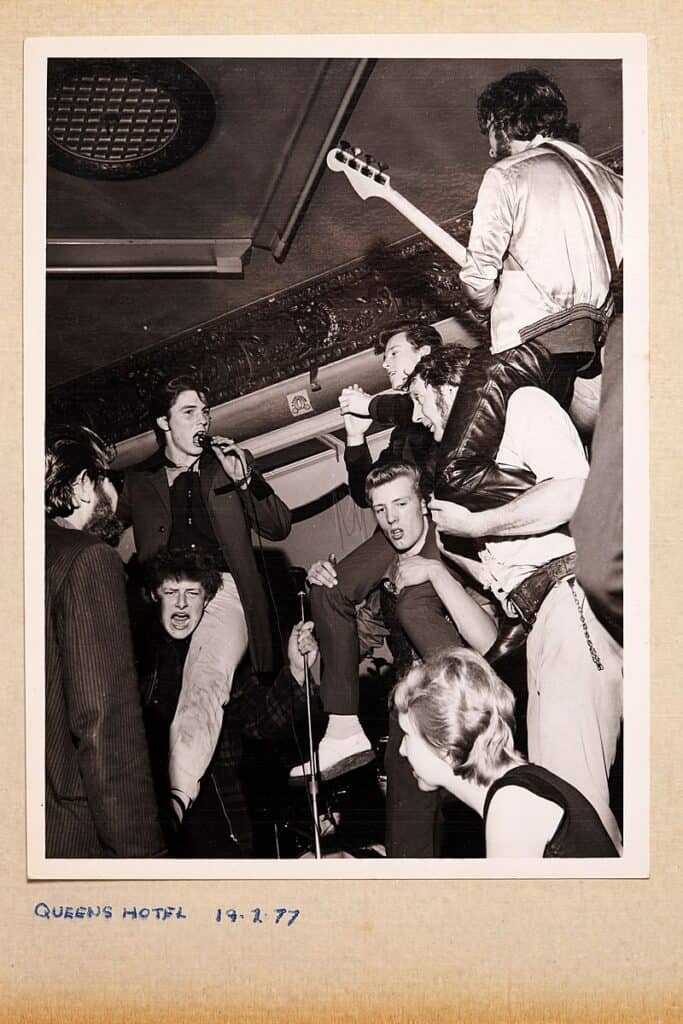
Teddy boys - While the UM was not as overtly violent as the WDL, their inflammatory rhetoric contributed significantly to a climate of fear and hostility. However, the UM's influence waned over time, and by the late 1970s, the group was essentially defunct. Despite its relatively short lifespan, the Union Movement, much like the WDL, left a lasting mark on the racial dynamics in Notting Hill.
- The Teddy Boys, a subculture prevalent in Britain during the 1950s and 1960s, also played a notable role in these events. These young men, recognisable by their Edwardian-style clothing – hence the term 'Teddy' – were often associated with the unrest that characterised Notting Hill during this time.
- The Teddy Boys were predominantly from working-class backgrounds and were known for their rebelliousness and anti-establishment attitudes. This group became particularly notorious for their racially motivated attacks against Caribbean immigrants in Notting Hill, which added fuel to the already simmering racial tensions.
The Notting Hill Riots 1958
- The altercation that sparked the infamous Notting Hill riots occurred on 23 August 1958. Majbritt Morrison, a Caucasian Swedish woman, argued publicly with her Jamaican husband, Raymond Morrison.
- The dispute, ostensibly a domestic issue, quickly escalated due to the intervention of a group of Caucasian youths who happened to be passing by. They took it upon themselves to become involved in the altercation, leading to a brawl. This fight intensified the personal disagreement between Majbritt and Raymond. It ignited the simmering racial tension in the community, setting off a violent series of disturbances that lasted for a week.
- The first fight was just the beginning of the chaos that would soon engulf Notting Hill. Following the altercation, on the nights of 24th and 25th August, ‘white’ mobs began roaming the Ladbroke Grove area.
- The mobs, some armed with makeshift weapons, indulged in acts of violence and vandalism. Numerous homes of Caribbean immigrants were attacked, their windows shattered, and properties damaged, a harrowing symbol of the racial tension that had gripped the community.
- The perpetrators, undeterred by the minimal police presence, roamed the streets with impunity, escalating the fear and insecurity among the Caribbean community. The severity and scale of the violence over these two nights marked a significant escalation in the riots, a stark indication of racial hostility in Notting Hill at the time.
- The situation deteriorated so that on 26 August, the Metropolitan Police had to step in. However, the law enforcement officers were ill-prepared for the scale of violence they encountered.
- When the law enforcement personnel arrived, they were expected to quell the disturbances quickly. However, the extent of the hostility and aggression they encountered took them by surprise. The mobs, fuelled by racial animosity, did not back down in the face of the police presence. Instead, they continued their rampage, with the number of participants swelling into the hundreds.
- The police, ill-equipped and vastly outnumbered, could not contain the situation. Instead of calming down, the violence escalated as the mob engaged in a spree of destruction, attacking more houses and terrorising the local Caribbean community. The local inhabitants were constantly afraid, as the rioting ‘white’ mobs seemed unstoppable.
- The situation became so severe that on 30 August, the British government was forced to deploy over 1000 additional police officers to regain control. This unprecedented show of force clearly indicated the government's intent to restore law and order.
- The streets of Notting Hill, which had been engulfed by chaos and mayhem, were suddenly teeming with law enforcement personnel. A heavy police presence remained in the neighbourhood for the following weeks, with checkpoints and patrols becoming common.
- Raids on local residences that house rioters resulted in numerous arrests. The rioters, who were once defiant, were now on the defensive, and the violence that had troubled the area started to decrease. However, the Caribbean community still suffered from deep trauma, and the journey to recovery was long and difficult.
- The aftermath of the riots was still fraught. A series of arrests and trials in early September resulted in harsh sentences for those involved. This punitive approach was politically motivated and aimed at deterring future incidents of such a nature. The Notting Hill riots not only exposed the racial tension in the community but also highlighted the lack of preparedness on the part of the authorities to manage such crises.
Legacy: Race Relations Act 1965
- The immense public backlash and media attention prompted by the riots led to increased awareness of racial issues and discrimination in the UK. It was a catalyst for the Race Relations Act of 1965, the first piece of UK legislation to address racial discrimination.
- The Race Relations Act 1965 marked a significant step towards addressing racial discrimination in the UK. It was unlawful to discriminate based on colour, race, ethnicity, or national origin in public places. The Act also established the Race Relations Board, tasked with handling complaints about racial discrimination.
- The enactment of the Act was a pivotal moment in the history of the United Kingdom. It was a turning point, marking the dawn of a new era where racial discrimination was no longer legally condoned. This Act laid the groundwork for further legislation, ensuring a progression towards a more inclusive society. It marked the initial efforts of the government to ensure that every individual, irrespective of their racial or ethnic background, was treated with respect and dignity.
- Despite the initial strides made with the Race Relations Act 1965, the aftermath of the Notting Hill riots was characterised by considerable social and racial tension. The Act was seen by many as a reactionary measure, and while it was a step in the right direction, it was insufficient to quell the lingering racial prejudice entirely.
- Furthermore, the Act was criticised for its limited scope. It only made racial discrimination unlawful in "public places," leaving a loophole for discriminatory practices in areas such as housing and employment. This led to the introduction of the Race Relations Act of 1968, extending the provisions to cover these areas.
Legacy: Notting Hill Carnival
- On a positive note, the Notting Hill riots also galvanised the community. Racial equality movements gained momentum, and people from diverse racial backgrounds united to fight against discrimination. The riots were instrumental in giving birth to Notting Hill Carnival, a significant cultural event celebrating Caribbean culture and multiculturalism in London.
- The annual event has taken place in London since 1966, initially as an offshoot of the Trinidad Carnival, to celebrate Caribbean culture and traditions. The vibrant spectacle draws millions worldwide, making it one of the world's largest street festivals.
- The Carnival has become a symbol of unity, diversity, and cultural richness, featuring a grand parade adorned with colourful costumes and live music, including traditional reggae and steel bands, alongside a wide array of food stalls offering Caribbean delicacies. It serves as a platform to showcase the dynamism of the Caribbean community and their significant contribution to the multicultural tapestry of the UK.
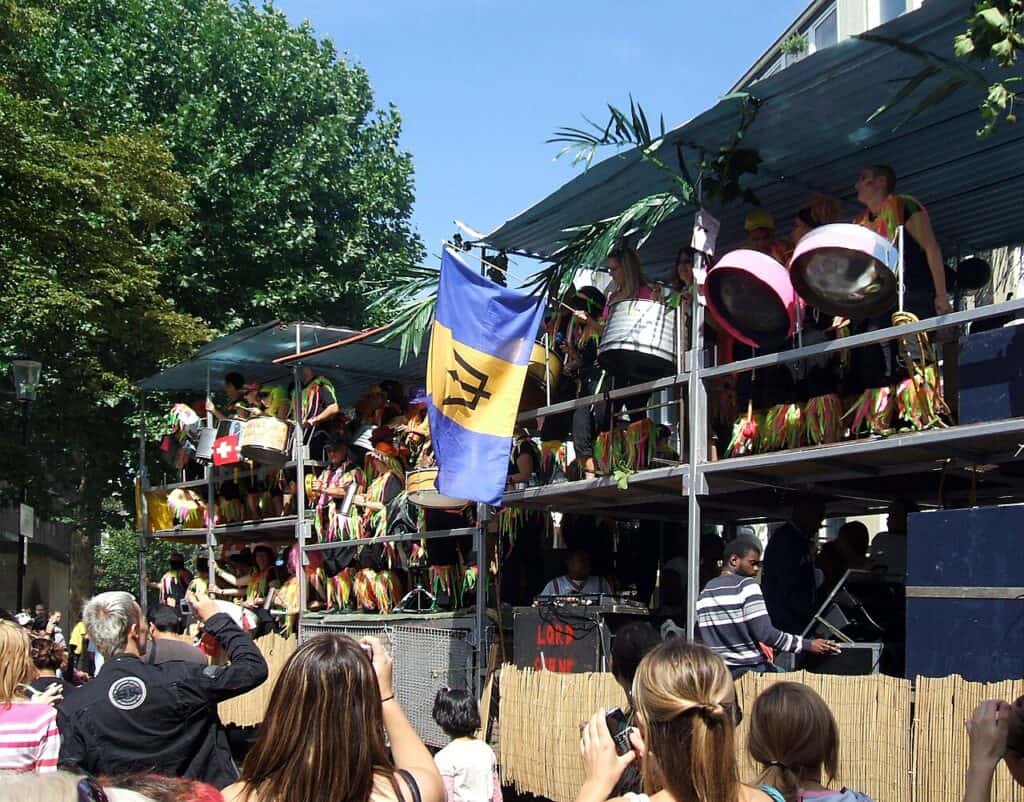
Notting Hill Carnival - Despite its humble beginnings, the Notting Hill Carnival has become more than a cultural celebration. Today, it represents the resilience of the Caribbean community, the triumph over racial tensions, and the shared commitment to equality and inclusivity. It is a vivid reminder of the steps taken towards racial harmony and the journey ahead.
- In retrospect, the Notting Hill riots were a bleak but crucial turning point in British history. They exposed the deep-seated racial issues and paved the way for legislative and societal changes to create a more equitable society.
Image Sources
- https://upload.wikimedia.org/wikipedia/commons/thumb/5/51/Notting_hill_colorful_houses.jpg/1280px-Notting_hill_colorful_houses.jpg
- https://upload.wikimedia.org/wikipedia/commons/1/15/HMT_Empire_Windrush_FL9448.jpg
- https://upload.wikimedia.org/wikipedia/commons/thumb/d/de/Teddy_Boys_at_the_Queens_Hotel.jpg/800px-Teddy_Boys_at_the_Queens_Hotel.jpg
- https://upload.wikimedia.org/wikipedia/commons/thumb/a/ad/Notting_Hill_Carnival_2007_004.jpg/1280px-Notting_Hill_Carnival_2007_004.jpg
Frequently Asked Questions
- What happened in Notting Hill West London in 1958?
The Notting Hill Riots were a series of racially motivated clashes and violent incidents in the Notting Hill neighbourhood of London, England, in August and September 1958.
- What were the main causes of the Notting Hill Riots?
The main causes of the Notting Hill Riots were racial tensions and hostility toward the growing Black Caribbean immigrant community in the area. High unemployment, housing shortages, and post-war societal changes contributed to these tensions.
- Who were the key figures or groups involved in the riots?
The riots involved a mix of white residents and immigrants, primarily Black Caribbean immigrants. Oswald Mosley's Union Movement, a far-right political group, also incited racial tensions.

